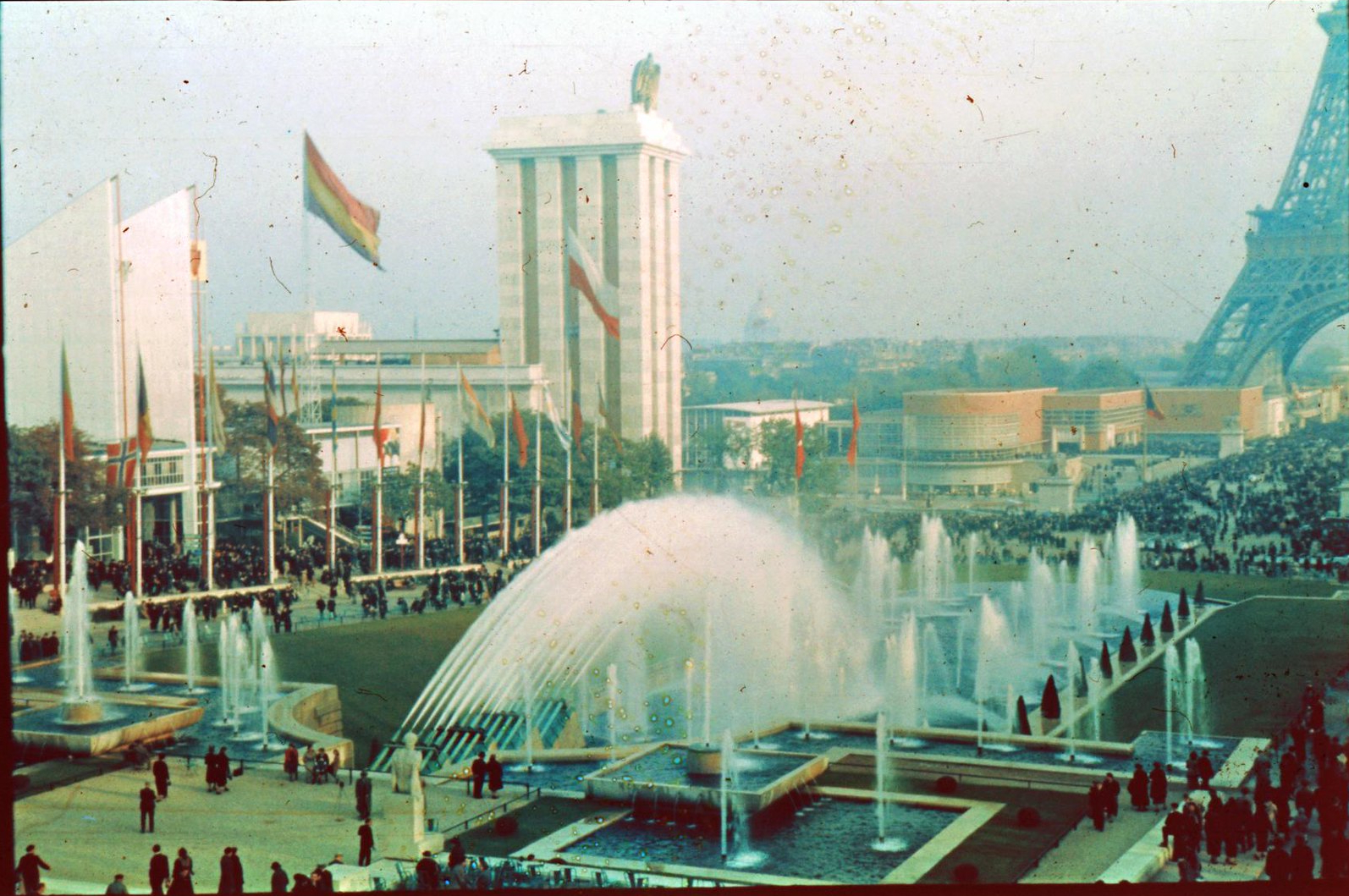|
Photographic Plate
Photographic plates preceded film as the primary medium for capturing images in photography. These plates, made of metal or glass and coated with a light-sensitive emulsion, were integral to early photographic processes such as heliography, daguerreotypes, and photogravure. Glass plates, thinner than standard window glass, became widely used in the late 19th century for their clarity and reliability. Although largely replaced by film during the 20th century, plates continued to be used for specialised scientific and medical purposes until the late 20th century. History Glass plates were far superior to film for research-quality imaging because they were stable and less likely to bend or distort, especially in large-format frames for wide-field imaging. Early plates used the wet collodion process. The wet plate process was replaced late in the 19th century by gelatin dry plates. A view camera nicknamed "The Mammoth" weighing was built by George R. Lawrence in 1899, sp ... [...More Info...] [...Related Items...] OR: [Wikipedia] [Google] [Baidu] [Amazon] |
AGFA Glas
Agfa-Gevaert N.V. (Agfa) is a Belgian-German multinational corporation that develops, manufactures, and distributes Analog photography, analogue and digital imaging products, software, and systems. The company began as a dye manufacturer in 1867. In 1925, the company merged with several other German chemical companies to become chemicals giant IG Farben. IG Farben would go on to play major role in the economy of Nazi Germany. It extensively employed Forced labour under German rule during World War II, forced labour during the Nazi period, and produced Zyklon B poison gas used in the Holocaust. IG Farben was disestablished by the Allies in 1945. AGFA was reconstituted (as a subsidiary of Bayer) from the remnants of IG Farben in 1952. Agfa photographic film and cameras were once prominent consumer products. In 2004, the consumer imaging division was sold to a company founded via management buyout. AgfaPhoto, AgfaPhoto GmbH, as the new company was called, filed for bankruptcy after ... [...More Info...] [...Related Items...] OR: [Wikipedia] [Google] [Baidu] [Amazon] |
Astrophotography
Astrophotography, also known as astronomical imaging, is the photography or imaging of astronomical objects, celestial events, or areas of the night sky. The first photograph of an astronomical object (the Moon) was taken in 1839, but it was not until the late 19th century that advances in technology allowed for detailed stellar photography. Besides being able to record the details of extended objects such as the Moon, Sun, and planets, modern astrophotography has the ability to image objects outside of the visible spectrum of the human eye such as dim stars, nebulae, and galaxy, galaxies. This is accomplished through long-exposure photography, long time exposure as both film and digital cameras can accumulate and sum photons over long periods of time or using specialized optical filters which limit the photons to a certain wavelength. Photography using extended exposure-times revolutionized the field of professional astronomical research, recording hundreds of thousands of new ... [...More Info...] [...Related Items...] OR: [Wikipedia] [Google] [Baidu] [Amazon] |
323 Brucia
323 Brucia is a stony Phocaea asteroid and former Mars-crosser from the inner regions of the asteroid belt, approximately in diameter. It was the first asteroid to be discovered by the use of astrophotography. Description ''Brucia'' was also the first of over 200 asteroids discovered by Max Wolf, a pioneer in that method of finding astronomical objects. Discovered on December 22, 1891, when he was 28 years old, it was named in honour of Catherine Wolfe Bruce, a noted patroness of the science of astronomy, who had donated $10,000 for the construction of the telescope used by Wolf. The asteroid is a member of the Phocaea family (), a large family of stony S-type asteroids with nearly two thousand known members. It was an outer Mars-crossing asteroid with perihelion less than 1.666 AU until July 2017. For comparison, asteroid 4222 Nancita will become a Mars-crosser in June 2019. was a Mars-crossing asteroid until January 2016. ''Brucia'' has a synodic rotatio ... [...More Info...] [...Related Items...] OR: [Wikipedia] [Google] [Baidu] [Amazon] |
Max Wolf
Maximilian Franz Joseph Cornelius Wolf (21 June 1863 – 3 October 1932) was a German astronomer and a pioneer in the field of astrophotography. He was the chairman of astronomy at the University of Heidelberg and director of the Heidelberg-Königstuhl State Observatory from 1902 until his death in 1932. Early life Max Wolf was born in Heidelberg, Germany on 21 June 1863, the son of medical doctor Franz Wolf. His father encouraged an interest in science and built an observatory for his son in the garden of the family home. It is from here that Wolf was credited with his first astronomical discovery, comet 14P/Wolf, in 1884. Life at the university Wolf attended his local university and, in 1888, at the age of 25, was awarded a Doctor of Philosophy, Ph.D. by the University of Heidelberg. He spent one year of post-graduate study in Stockholm, the only significant time he would spend outside of Heidelberg in his life. He returned to the University of Heidelberg and accepted ... [...More Info...] [...Related Items...] OR: [Wikipedia] [Google] [Baidu] [Amazon] |

